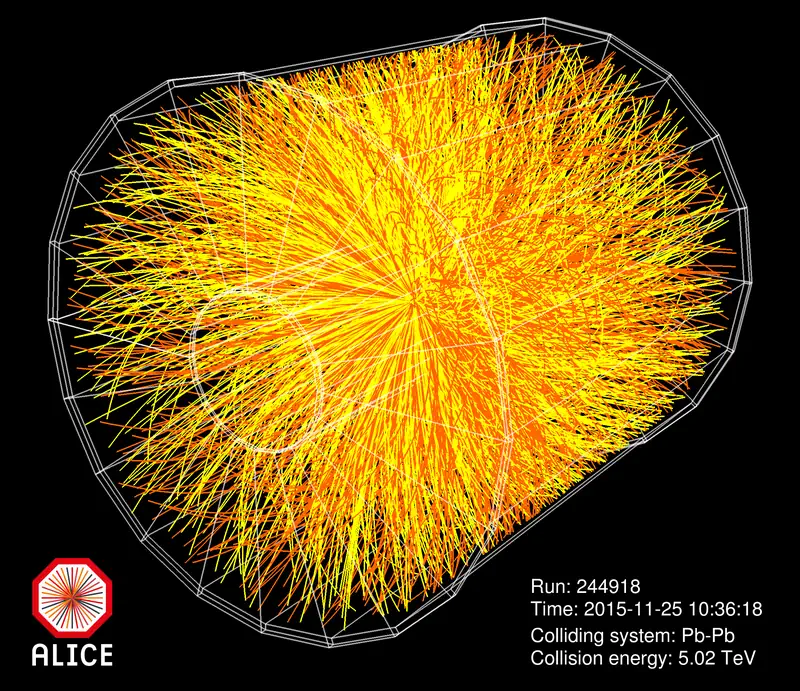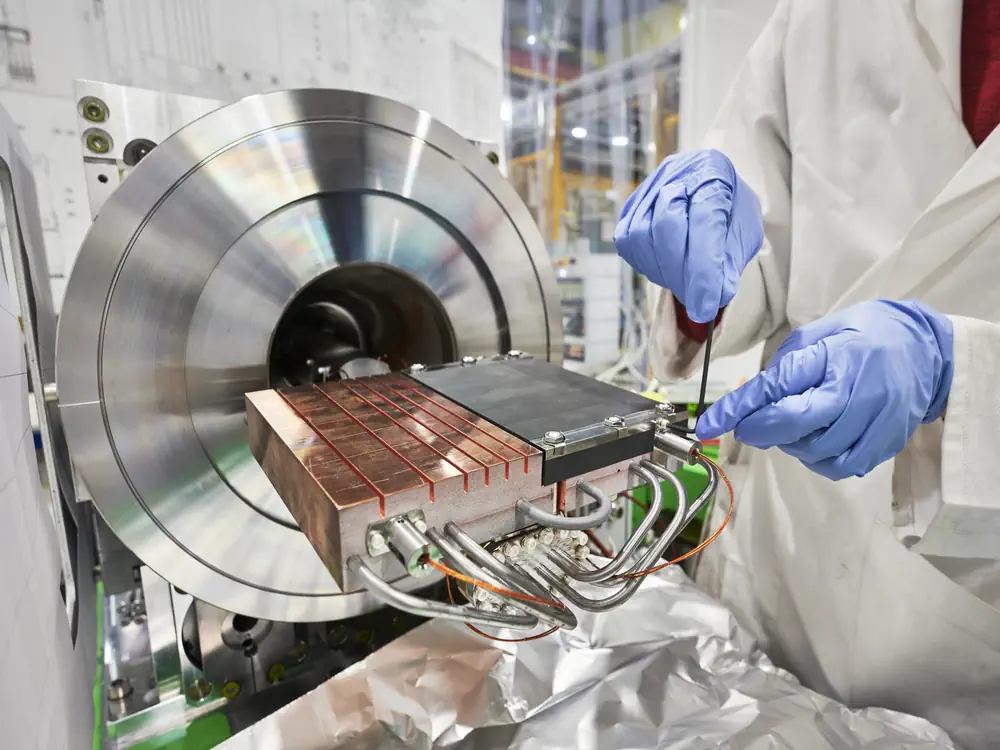Aula A "Beppe Nardulli" del Dipartimento di Fisica dell'Università di Bari
Via Giovanni Amendola 173 - Istituto Nazionale di Fisica Nucleare - Sezione di Bari
Dipartimento di Fisica dell’Università di Bari
Eventi in questo luogo
Data
Titolo
giugno

Dettagli dell'evento
Both in the primordial Universe and in heavy-ion collisions for a very short time interval the produced matter is so hot to be a soup of elementary particles. This also
Dettagli dell'evento
Both in the primordial Universe and in heavy-ion collisions for a very short time interval the produced matter is so hot to be a soup of elementary particles.
This also holds for the microscopic QCD degrees of freedom –quarks, antiquarks and gluons — no longer (not yet) confined into color-neutral structures, but free to carry and exchange color over distances larger than the typical hadronic size.
Later on, both in the early Universe and in heavy-ion experiments, the temperature drops until the hot QCD matter undergoes a smooth transition to a color-confined phase and the system becomes a fluid of ordinary hadrons. Hence, how to infer the existence of the above deconfined phase experienced by the system if in heavy-ion experiments the only strongly-interacting particles reaching the detectors are hadrons? The situation looks even worse in cosmology, where the first experimental signals refer to 380.000 years after this QCD transition. As already done at the beginning of the XX century in discovering the granular structure of matter, the application of transport theory to describe the random motion of Brownian particles allows one to get rich information also on what cannot be directly seen.
More than 100 years after the works of Einstein and Perrin, the Brownian particles to which we are interested are no longer small grains of resin, but charm and beauty quarks, whose propagation in the deconfined fireball produced in nuclear collisions is described by a relativistic generalization of the Langevin equation.
In my seminar I will discuss which information on the properties of the hot QCD matter can be extracted from a theory-to-data comparison, stressing the systematic uncertainties intrinsic to the calculations or arising from hadronization, whose occurence in the presence of a reservoir of nearby color charges I will also try to model.
Speaker: Andrea Beraudo (INFN Torino)
4 Giugno 2025 ore 15:15 Aula A (Dipartimento di Fisica)
More info on Agenda INFN
Altro
Orario
(Mercoledì) 15:15 - 17:00
Luogo
Aula A "Beppe Nardulli" del Dipartimento di Fisica dell'Università di Bari
Via Giovanni Amendola 173 - Istituto Nazionale di Fisica Nucleare - Sezione di Bari

Dettagli dell'evento
Beam Intercepting Devices (BIDs) play a vital role in any accelerator complex. They are responsible for producing secondary particles – such as neutrons, electrons, pions, anti-protons and kaons – protecting
Dettagli dell'evento
Beam Intercepting Devices (BIDs) play a vital role in any accelerator complex. They are responsible for producing secondary particles – such as neutrons, electrons, pions, anti-protons and kaons – protecting sensitive equipment, and safely handling the disposal of powerful, high-intensity beams. Designing and operating these components requires expertise across multiple physics and engineering disciplines. Their lifespan can vary dramatically, lasting anywhere from a few weeks to several decades, depending on factors like material degradation, structural wear, and accelerator upgrades.
In this contribution, we invite you on a journey through the lifecycle of BIDs – from initial concept to decommissioning. We will explore the design principles and technical choices that shape these components, emphasizing the multidisciplinary collaboration necessary to push technological boundaries. Drawing on past experiences, we will discuss key lessons learned in developing devices that can withstand ever-increasing beam intensities and energies, ensuring the success of both current and future accelerator systems.
From CERN’s perspective, we will highlight the importance of fostering diverse and inclusive teams to tackle these complex challenges. Several critical components at the heart of approved flagship projects – such as the High-Luminosity LHC upgrade and the upcoming High Intensity ECN3 / Beam Dump Facility – will be examined. Examples will also be given for specific CERN’s programs relevant for the audience, such as n_TOF and antiproton physics at AD/ELENA.
Looking ahead, we will also consider the challenges of beam interception for future initiatives, such as the Future Circular Collider and the Muon Collider.
Speaker: Marco Calviani – CERN
More info on Agenda INFN
Altro
Orario
(Martedì) 15:15 - 17:00
Luogo
Aula A "Beppe Nardulli" del Dipartimento di Fisica dell'Università di Bari
Via Giovanni Amendola 173 - Istituto Nazionale di Fisica Nucleare - Sezione di Bari
